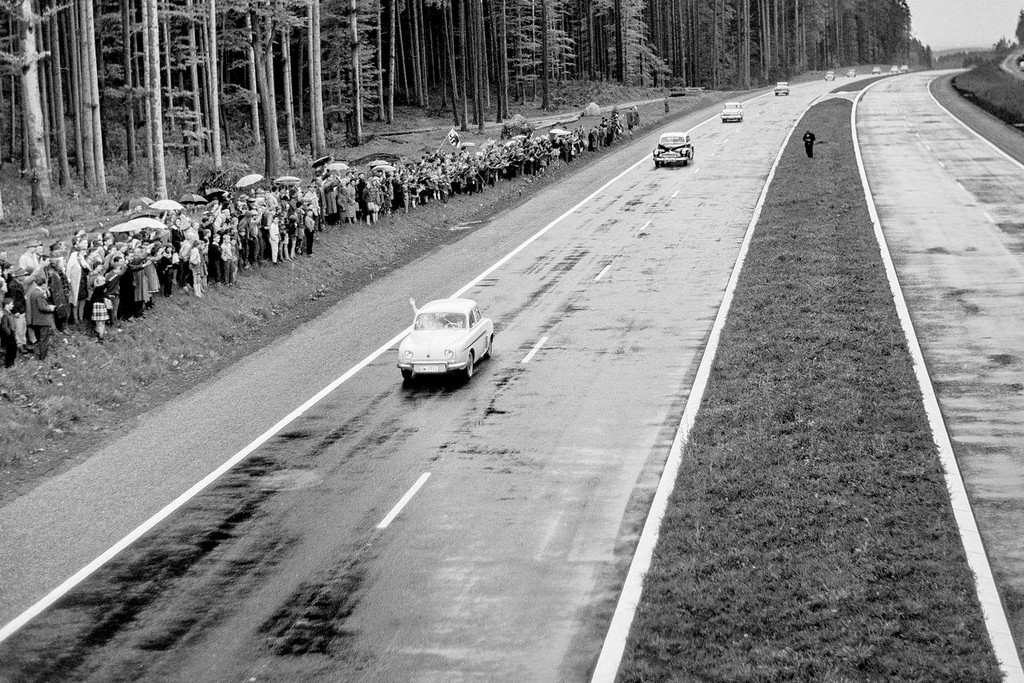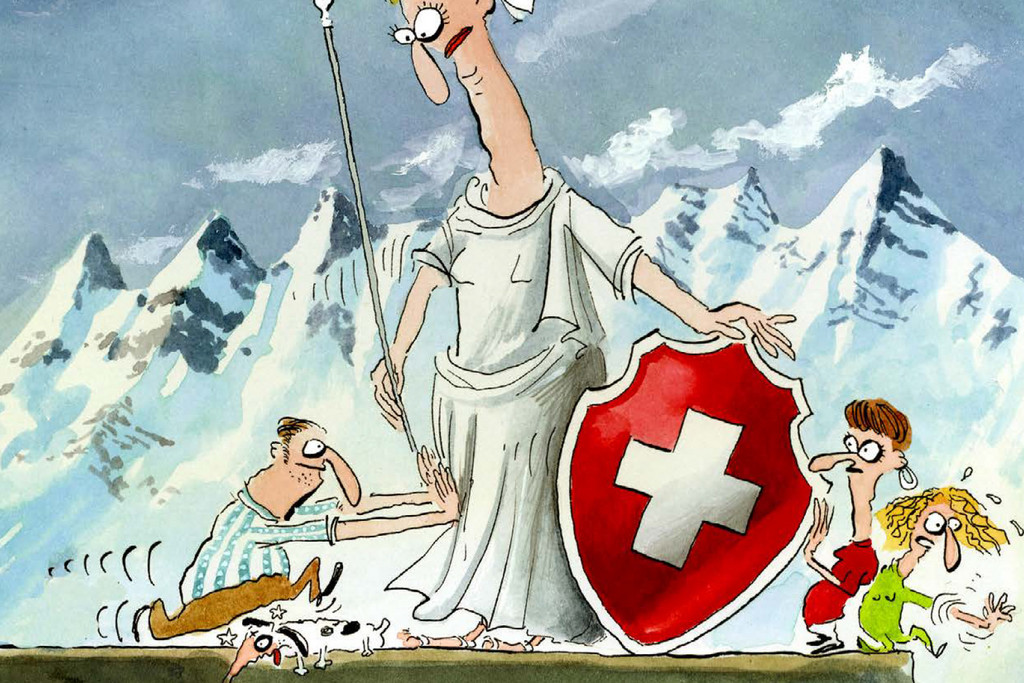“The most easily understandable documents are the two video clips. Easyvote’s video is considered even more straightforward than that of the Federal Council,” states the programme. Thanks to this system, which has been tested in a Ticinese municipality, the turnout amongst 18–25 year-olds for the federal referendum of 24 September 2017 exceeded that of the rest of the electorate, according to smartvote. “If a young person can be convinced to vote once, there is a greater chance that they will vote again in the future,” explains Lionel Marquis, who nevertheless considers the effects of this programme to be “limited”.
Introduced in 2003 by an association, smartvote works like a dating website. Based on questionnaires filled out by candidates and parties, voters are presented with options which match their chosen criteria. The political profile of candidates can then be viewed graphically (see examples opposite). “In 2011, this system was very widely used, with more than a million submissions,” notes Marquis. “In the last elections, in 2015, 30 % of those who voted used this programme, including people who would not have voted otherwise,” adds Nenad Stojanovic.
According to Marquis, one criticism of smartvote “is that it reduces politics to a chart, whereas it should also be a matter of values and feelings”. In 2011, then National Councillor Jean-Christophe Schwaab wrote: “Smartvote is riddled with such major errors that it would be foolish to trust this software to fill out your ballot paper.”
Smartvote: a neutral tool?
Based on an algorithm, smartvote is suspected of rendering voting unbalanced. “In the 2011 federal elections, which took place after the Fukushima catastrophe, the Green Liberals saw a strong increase in support at the expense of the larger parties. Smartvote made this little-known party visible by suggesting it to people who had ticked both economy and ecology,” explains Marquis. The political scientist from Lausanne does not believe this tool will be able to positively influence voter turnout. Nor does he think the electronic vote will have an impact: “it works more like a replacement for a postal vote”, he says.
Can we do better? In Geneva, Professor Stojanovic’s team are preparing a test for November based on the Oregon model. This process was launched in a Swiss municipality with 20 citizens chosen at random. After listening to experts and various opinions, they will debate the subject of a vote. The group will draft a neutral presentation on the subject and a summary of the reasons for voting yes or no. “This model provides a summary constructed by a group of ordinary individuals, who will be seen as being closer to everyday citizens. It is also a real lesson in democracy,” adds the political scientist. (SH)
www.easyvote.ch
www.smartvote.ch
‘Smartspiders’: examples from two youth parties
The ‘smartspiders’ for the Young SVP party in the canton of Bern and for the Young Greens in the canton of Zurich during the 2015 federal elections.
The graphs in the form of spider webs provided by smartvote are created from eight political objectives. A value of 100 indicates strong support for the subject, whilst a value of 0 represents the opposite. In 2015, the Young Green Party (ZH) presented a smartspider which showed support for the environment and a liberal society. For the Young SVP party (BE), ‘order and safety’ is shown to be an important value, indicating that this party is in favour of strict laws, a strong army and police force, and that it advocates values such as order and discipline. Smartspiders are created for individual candidates as well as parties.












Comments